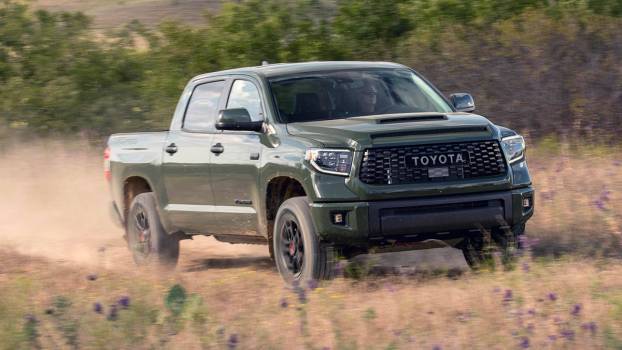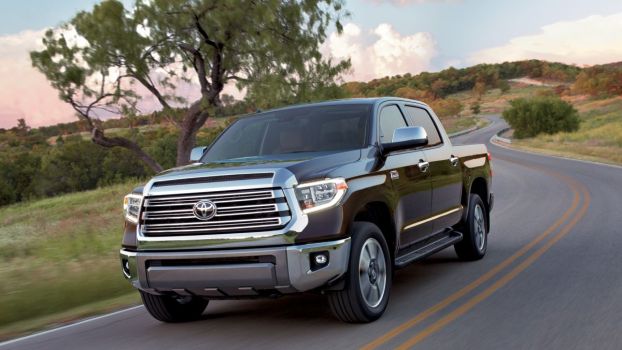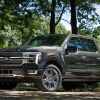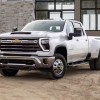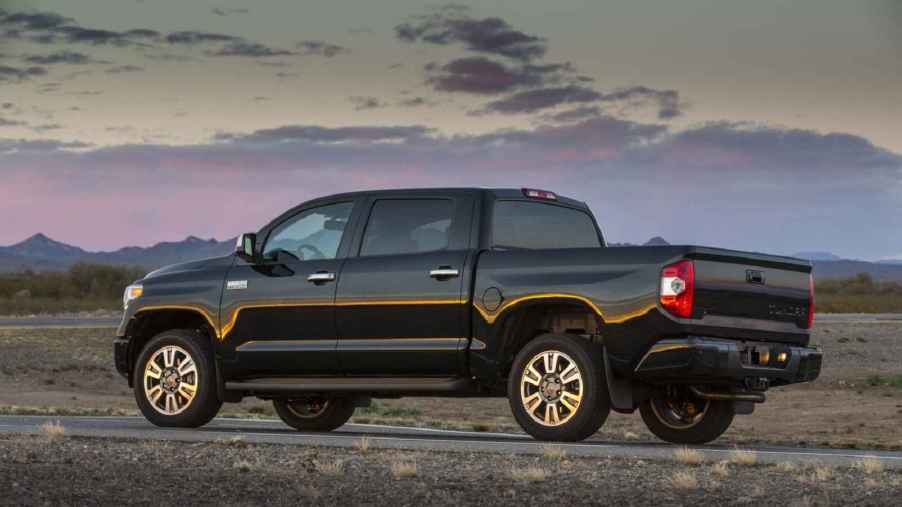
Used Toyota Tundra Complaints Worth Hearing About
The Toyota Tundra is a highly-rated full-size truck recommended by many experts, including us. Used model prices and availability can make finding one in the sweet spot where age, condition, and retail value meet tricky. So, it’s a good idea to stay in the know on common complaints if you’re looking to buy one. Some owners experience unexpected repairs that may or may not be covered by a previously released recall. Let’s cover some common complaints for used Toyota Tundras.
Frame rust
Frame rust has been an issue under recall for many Tundra years now. Depending on what year Tundra you’re looking at, heavy rust may be related to age and climate.
As time has passed, newer complaints about undercarriage rust spreading to brake systems are common, like the lines and rear drum components. This can cause a sudden loss of brake pedal pressure.
The legendary rust recall might not be applicable to your state. Before you buy a used Tundra, you should have a mechanic inspect it for frame rust and then call Toyota with the VIN to confirm any applicable recalls have been performed before you buy one.
Warped brakes
On heavier vehicles like trucks and SUVs, warped brakes are a common occurrence. Generally, it’s caused by the driver slowing down suddenly at higher speeds. This can change the surface gradient of brake rotors from flat to wavy.
However, many older Tundra owners, like the 2000 model year, have complained that warped brakes occur with steady, even braking patterns. One Tundra owner commented that on much older models, the front brakes are a smaller design, hence unable to handle the heat caused by braking.
Symptoms of warped rotors are a vibration or shuddering only when braking. Modifying driving behavior after pad and rotor replacement might remedy this. Upgrading pads and rotors, if applicable, is also an option.
Electrical system malfunctions
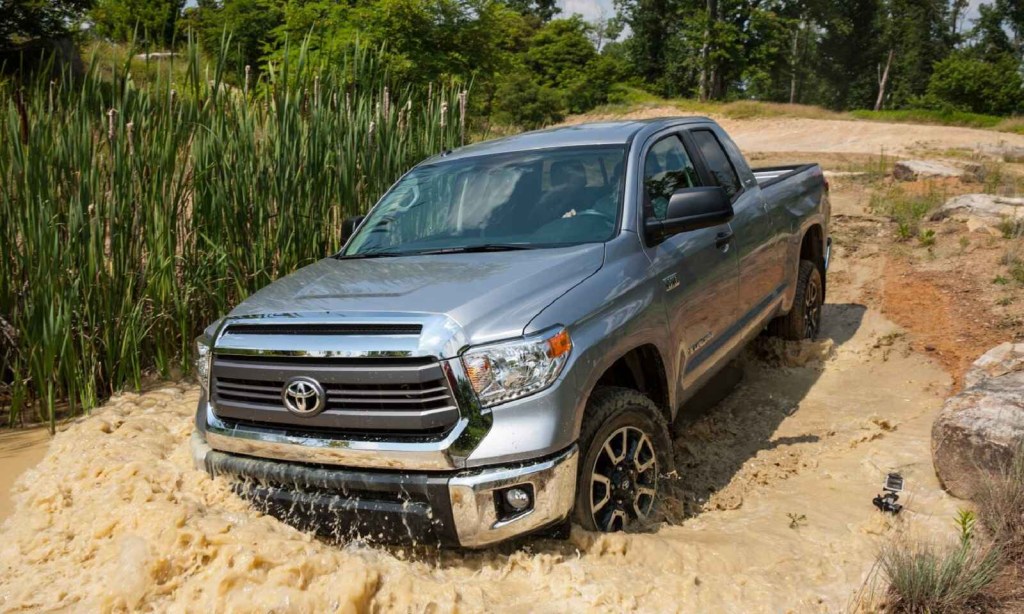
2015 and 2016 Tundra models show an increased complaint count due to various blips in electrical components.
Owners of the 2016 Tundra complained about the front headlights malfunctioning when the turn signal is engaged. They also mentioned the door locks intermittently not working.
Owners of both 2015 and 2016 Tundras have complained about the factory-installed trailer brake controller not working. This malfunction forces the truck to manage the entire job of braking while towing. This could cause longer stopping and increased brake system wear and tear.
Engine and powertrain issues
The 2022 Toyota Tundra has been rife with complaints about sudden acceleration and stalling problems. It’s clocked 95 NHTSA complaints to date, more than the 2014 model year.
Owners have expressed that sometimes these misbehaviors led to lengthy engine repair turnaround, with one owner suffering through more than 90 days of waiting with no completion in sight. Others have complained that a TSB fix for the accelerating issue, a transmission control unit reprogramming, did not solve the problem.
When considering a used Toyota Tundra, be sure to have it inspected and scanned for fault codes. Historical codes might reveal intermittent issues that aren’t occurring during your test drive but could soon interfere with your ownership satisfaction.
Source: NHSTA
